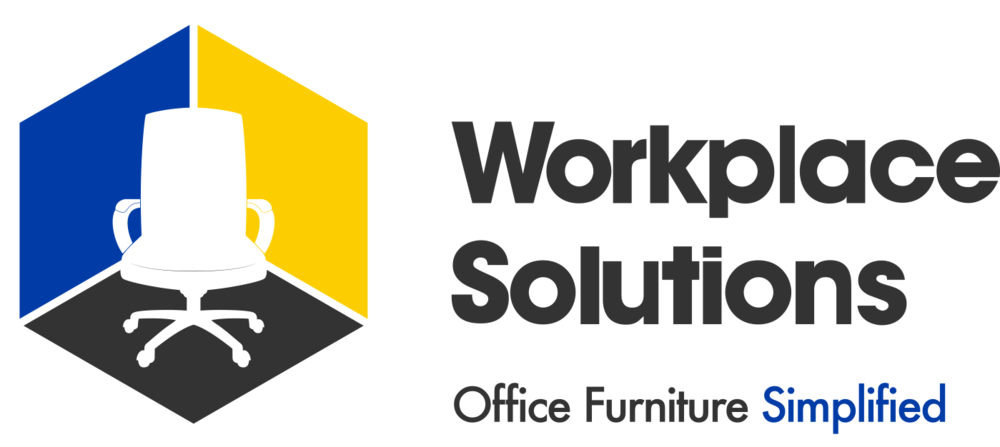When visitors step into an office, the reception area is the first space they encounter. This initial experience sets the tone for their entire visit. A well-designed reception area can convey professionalism, creativity, and attention to detail, while a poorly designed one can suggest the opposite. The furniture, layout, and overall aesthetics need to align with the company's brand identity to create a positive and lasting impression.
Branding Through Design
Branding is not just about logos and color schemes; it's about creating a cohesive and memorable experience. The reception area should reflect the company's values, culture, and industry. For instance, a tech startup might opt for a modern, minimalist design with cutting-edge furniture, while a law firm might choose more traditional, elegant furnishings.
The color palette and materials used in the reception area should align with the brand's identity. Bold colors can convey innovation and energy, while neutral tones might suggest reliability and professionalism. The materials—whether wood, metal, glass, or fabric—also play a role in communicating the company's ethos.
The layout should be welcoming and functional. Open spaces with comfortable seating areas can make visitors feel at ease, while more structured layouts might be appropriate for formal industries. The flow of the space should guide visitors naturally from the entrance to the reception desk, creating an intuitive and pleasant experience.
The Role of Office Furniture
Office furniture is a critical element in shaping the reception area's ambiance and functionality. It must be both aesthetically pleasing and comfortable, balancing form and function.
Reception Desk: The reception desk is the focal point of the reception area. It should be stylish yet practical, providing a welcoming space for visitors and an efficient workspace for reception staff. The design should reflect the brand's image, whether sleek and modern or classic and sophisticated.
Seating: Comfortable seating is essential for making visitors feel relaxed. Chairs and sofas should be ergonomically designed and match the overall aesthetic of the space. The arrangement of seating can also influence the atmosphere—clustered seating promotes conversation, while individual chairs can offer privacy.
Accents and Accessories: Accessories such as coffee tables, rugs, lighting, and artwork add character to the reception area. These elements should complement the furniture and enhance the brand's narrative. For example, innovative lighting solutions can add a contemporary feel, while art pieces can reflect the company's cultural values.
Enhancing Visitor Experience
A well-designed reception area doesn't just look good; it enhances the visitor experience. Consider incorporating elements that provide comfort and convenience, such as:
Technology Integration: Charging stations, Wi-Fi access, and digital check-in systems can make the visitor experience more efficient and enjoyable. Digital displays can be used for branding purposes, showcasing company achievements, news, or promotional content.
Information: Providing company literature, such as brochures, magazines, or annual reports, in the reception area can keep visitors informed and engaged. These materials should be well-designed and aligned with the company's branding.
Conclusion
The office reception area is a powerful branding tool that can create a lasting impression on visitors. Through thoughtful design and strategic use of office furniture, companies can convey their brand values, enhance visitor experience, and set the tone for positive interactions. Investing in a well-designed reception area is not just about aesthetics—it's about making a statement and building a strong, cohesive brand image.

